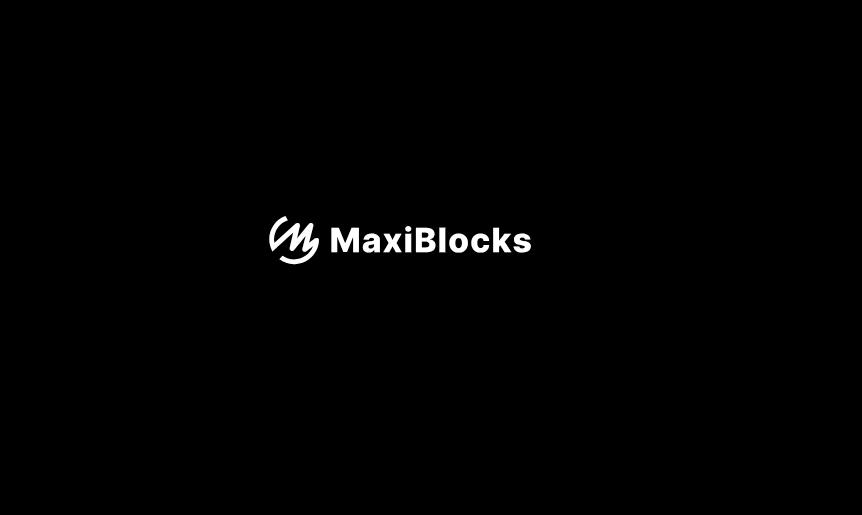Every product or project needs to have a goal or a place where the product needs to be in the future. The vision is the desired status of the product that we envision in the long term. This vision describes the project objectives that need to be achieved from the customer’s perspective and details the benefit of the project (Opelt et al., 2013).
In agile projects, the vision is established in the Envision Phase. This envisioning phase is a process that tries to figure out what and how is going to be done in the project (Collier, 2012). In addition, the person that is accountable or in charge of the product vision is the product owner or product manager. The product owner is the visionary who will present the product idea and encourage the entire team to get on board with the vision (Opelt et al., 2013). But, the entire team should own the product vision and have it at the center stage while developing the application; and with each sprint, the product will be a step closer to the product vision. Also, in the Scrum framework, the product vision is the same thing as the Product Goal so the product goal and vision could be used interchangeably. In addition, having a product vision allows the product owner to have transparency because everyone in the team will be on the same page and will make timed decisions needed in the project based on this vision.
Setting the right product vision is vital for any product. If the product vision is poor, the system that is being designed will irritate customers more than please or solve their problems (Cooper et al., 2014). But, the product vision elements depend on the type of project. The product vision could provide a business context in terms of the product that includes the performance, customers, market share, customer satisfaction, product road map, and other sections (Moreira, 2013). It is up to you to decide what is needed and what communicates clearly the goal of your product.
There are several ways to create a product vision. The product vision needs to be created by the entire team because even though the product owner will be the person reminding the team about the vision and goals of the project, everybody needs to contribute and own the product vision. This allows the entire product team to concentrate multiple ideas into one that is short and understood by everyone including developers, managers, and marketers (Highsmith, 2004).
Product Box
When you go to the store, you see thousands of products competing for your attention. They are all created for the same purpose, to provide you with enough information in a short amount of time so you make the decision to buy. In terms of product management and development, it is to create a short and concise sentence or paragraph that demonstrates and shows the solution to a user problem.
The product vision box is done by the team or stakeholders. They can gather in the same room with a bunch of supplies and blank boxes where they will create a box that will sell the product. In the box, you will have the product name, target customer, value proposition, and an image that will attract potential buyers (Mcgreal & Jocham, 2018). Then, at the end of the activity, let everyone stand up and make a pitch for the product (Mcgreal & Jocham, 2018).
Banner or Movie Poster
This approach is similar to the product box where you take a piece of paper and design a poster or ad with the same components in the product box. For this, you could use a blank page and create an ad targeting your audience and showing why your product is better. This could be a slogan or other type of phrase that shows your differentiation or competitive advantage.
Elevator Pitch
Another popular tool for creating a product vision is the elevator pitch. Think of getting into an elevator with one of the top executives of the company. If you pitch your product in a matter that is short and understood, you can convince this person that the product is worth investing in. You only have 2 minutes to pitch your idea and this idea needs to clearly show the value proposition to the customers. You need a product name, target audience, market category, the main benefit, main competitor, competitive advantage, and the need of the target audience. You can use the following template to create your elevator pitch.
FOR -customer or persona or target audience- WHO -problem or need- -product name- IS A -market category- THAT -main benefit- UNLINE -main competitor- -product name or OUR PRODUCT- PROVIDES -competitive advantage or benefits-
This template should give you a starting point to create your own elevator pitch by just using the most important feature of your product. In addition, you could use the product vision board by Roman Pichler as a starting point for your product vision or elevator pitch.
Finally, the product vision should be memorable, short, and communicated constantly by the product owner or product manager so the team stays focuses on the goal of the project. You should have one product vision or goal while working in your Scrum team. The goal can change but you only will have one goal at a time while developing in Scrum.
References
- Collier, K. (2012). Agile Analytics: A Value-Driven Approach to Business Intelligence and Data Warehousing. Addison-Wesley.
- Cooper, A., Reimann, R., & Cronin, D. (2014). About Face: The Essentials of Interaction Design (4th ed.). John Wiley And Sons.
- Highsmith, J. A. (2004). Agile Project Management: Creating Innovative Products. Addison-Wesley.
- Mcgreal, D., & Jocham, R. (2018). The Professional Product Owner: Leveraging Scrum as a Competitive Advantage. Addison-Wesley.
- Moreira, M. E. (2013). Being Agile Your Roadmap to Successful Adoption of Agile. Berkeley, Ca Apress.
- Opelt, A., Gloger, B., Pfarl, W., & Mittermayr, R. (2013). Agile Contracts: Creating and Managing Successful Projects with Scrum. John Wiley & Sons Inc.




